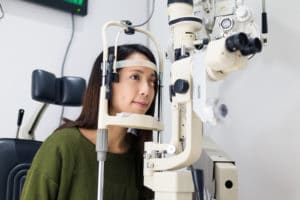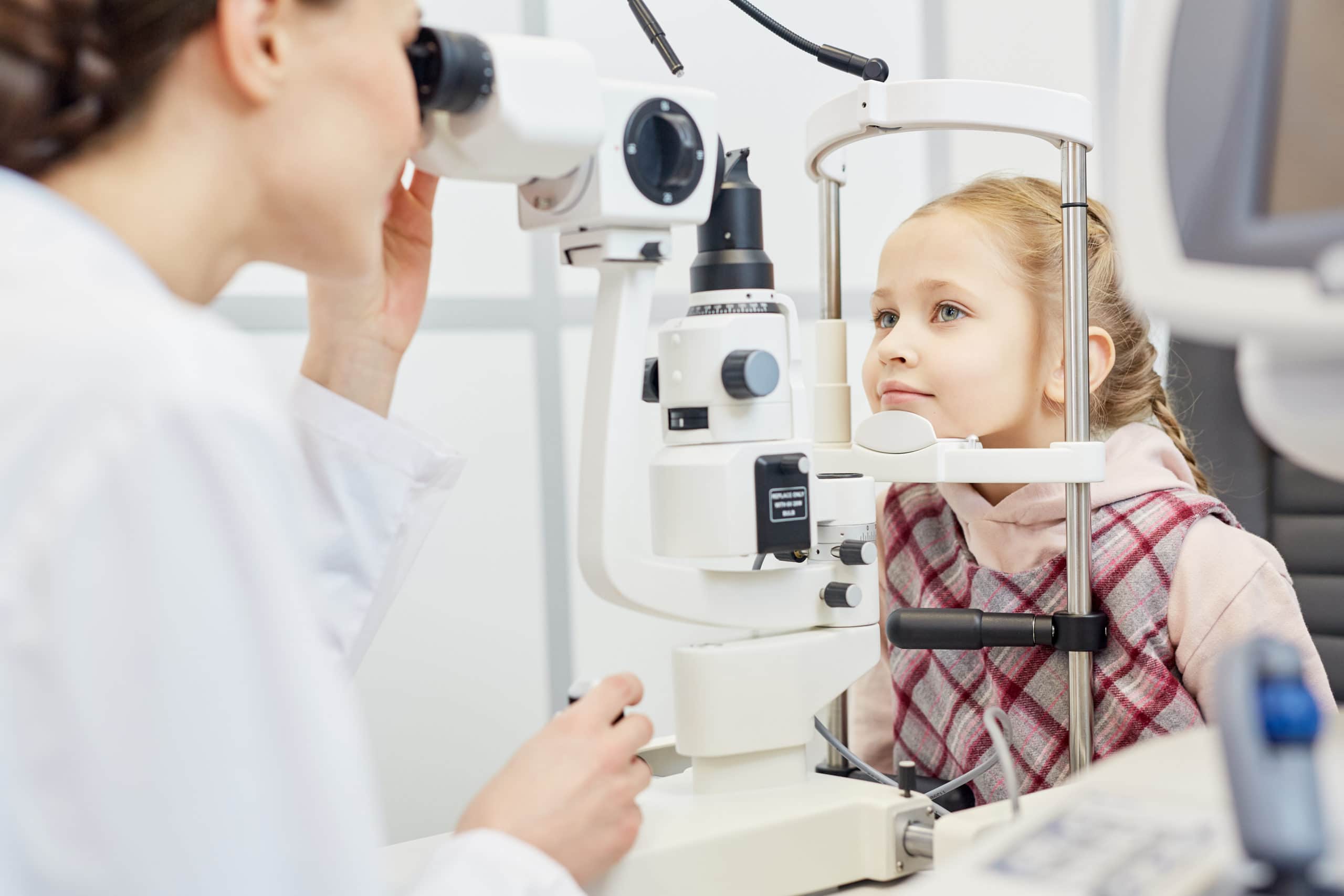Categories
The curvature of the posterior cornea has stolen some of the spotlight from its anterior surface sibling over recent years. Two increasingly important roles the posterior corneal curvature plays in our patients relates to astigmatism correction in cataract surgery and in the surveillance of patients suspicious for keratoconus or forme fruste keratoconus.
Role of posterior corneal curvature in cataract surgery:
Toric intraocular lenses and laser arcuate incisions allow cataract surgeons to treat a patient’s corneal astigmatism at the time of cataract surgery. After the cataract is removed, any lenticular astigmatism is removed along with it, and the remaining astigmatism to be treated belongs only to the cornea. Until relatively recently, all methods of measuring corneal astigmatism focused exclusively on the anterior surface of the cornea. These methods include manual keratometry, Placido disc-based corneal topography, and optical biometry devices used for IOL calculations (e.g. IOL Master and Lenstar).
The posterior surface of the cornea also refracts light at its interface with the aqueous. Until recently, we didn’t have devices to directly measure posterior corneal topography, so posterior corneal astigmatism could only be derived indirectly after cataract surgery. For example, after the cataract is surgically removed, along with any lenticular astigmatism, assuming the IOL is well-centered and not tilted, the total corneal astigmatism could be related to the astigmatism found on manifest refraction. The posterior corneal astigmatism is then the difference between the manifest astigmatism and the measured anterior corneal astigmatism. Nomograms have been developed based on populations studies of posterior corneal astigmatism which can be incorporated into toric IOL selection, and have improved outcomes compared to lens selection without accounting for the posterior curvature. (1)
While the previously mentioned nomograms have been a significant step forward in surgical astigmatism management, they aren’t perfect. The problem is that they are a “one-size-fits-all” solution to the problem based on mean statistics from population studies. As a result, they may not be suitable for an individual patient. Newer research suggests that making IOL selection adjustments based on the measured posterior corneal astigmatism may achieve better outcomes. (2)
We now have a newer generation of topographers which are able to measure the posterior corneal topography using Scheimpflug imaging or ray tracing technologies. And along with this exciting, new information, a challenge has emerged for surgeons – which is figuring out what to do with it…
Our approach is to use a variety of measurement devices, looking for reliability and consistency between measurements. In our office, we use the Pentacam (Scheimpflug) and Galilei (Dual Scheimpflug and Placido based) corneal topographers, and the iTrace ray-tracing wavefront aberrometer and topographer, in addition to the IOL Master. We’ve found excellent outcomes in patients with consistent and high-quality data across a variety of measurement platforms, applying validated nomograms where appropriate, but adjusting for outliers in the measurements of the individual patient.
Case example illustrating the value of incorporating posterior corneal measurements in cataract surgery:
48 year-old gentleman with vague history of blunt trauma to the right periorbital area and a cataract on that side. Best corrected VA OD = 20/60. His corneal topography from the Pentacam is in Figure 1:

Figure 1. Pentacam scan illustrating the patient’s anterior and posterior corneal astigmatism
Surgical decision making:
This patient has a whopping 0.8 D of against-the-rule posterior corneal astigmatism as measured by the Pentacam. This makes him quite the outlier. Consider Figure 2 below, which shows a scatter plot from a study of the magnitude of posterior corneal cylinder power relative to anterior surface cylinder power. Of the 364 eyes measured in this study, only 4 had posterior corneal astigmatism greater than 0.8 D. (3)

Figure 2. Magnitude of anterior corneal astigmatism versus posterior corneal astigmatism for patients with anterior corneal with-the-rule astigmatism
If we decided to treat our patient based only on the anterior corneal astigmatism from the Pentacam measurement, the patient would be left post-operatively with 0.8 D of against-the rule astigmatism. Twice as much astigmatism as he had pre-operatively. Not ideal. (See Figure 3)

Figure 3. Illustration of resultant post-operative astigmatism, if only the anterior corneal astigmatism is treated.
If we combine the patient’s anterior and posterior astigmatism, using a process called vector summation, we calculate the following resultant amount of corneal astigmatism (shown in Figure 4):

Figure 4. Illustration of resultant vector summation of our patient’s anterior and posterior corneal astigmatism
At this point, we compare data from our other measuring devices with the Pentacam data displayed above. Fortunately, in this case, the patient’s measurements were all quite consistent between devices, increasing our confidence in our surgical treatment plan, and resulting in outstanding post-op uncorrected vision for our patient. In this case, the key to our patient’s excellent surgical outcome was factoring in his posterior corneal astigmatism to the treatment plan.
Next issue we’ll discuss the posterior cornea’s role in the surveillance of patients suspicious for keratoconus.
(1) Koch, D, et al. Correcting astigmatism with toric intraocular lenses: Effect of posterior corneal astigmatism. J Cataract Refract Surg 2013; 39:1803–1809
(2) Reitblat, O, et al. Effect of posterior corneal astigmatism on power calculations and alignment of toric intraocular lenses: Comparison of methodologies. J Cataract Refract Surg 2016; 42:217–225
(3) Koch, D, et al. Contribution of posterior corneal astigmatism to total corneal astigmatism. J Cataract Refract Surg 2012; 38: 2080-2087
